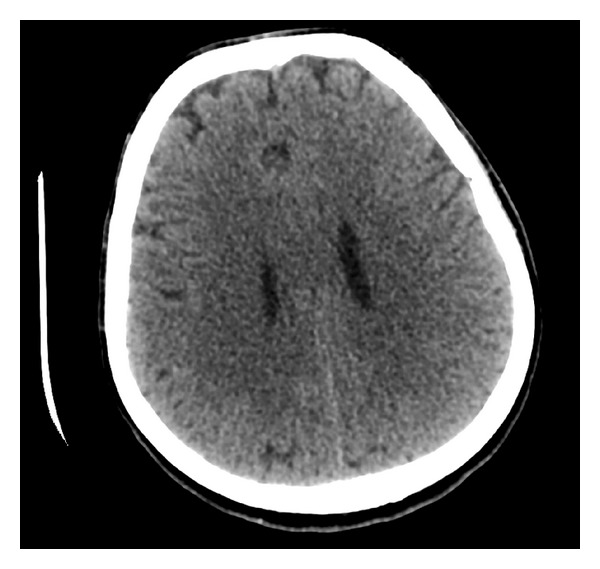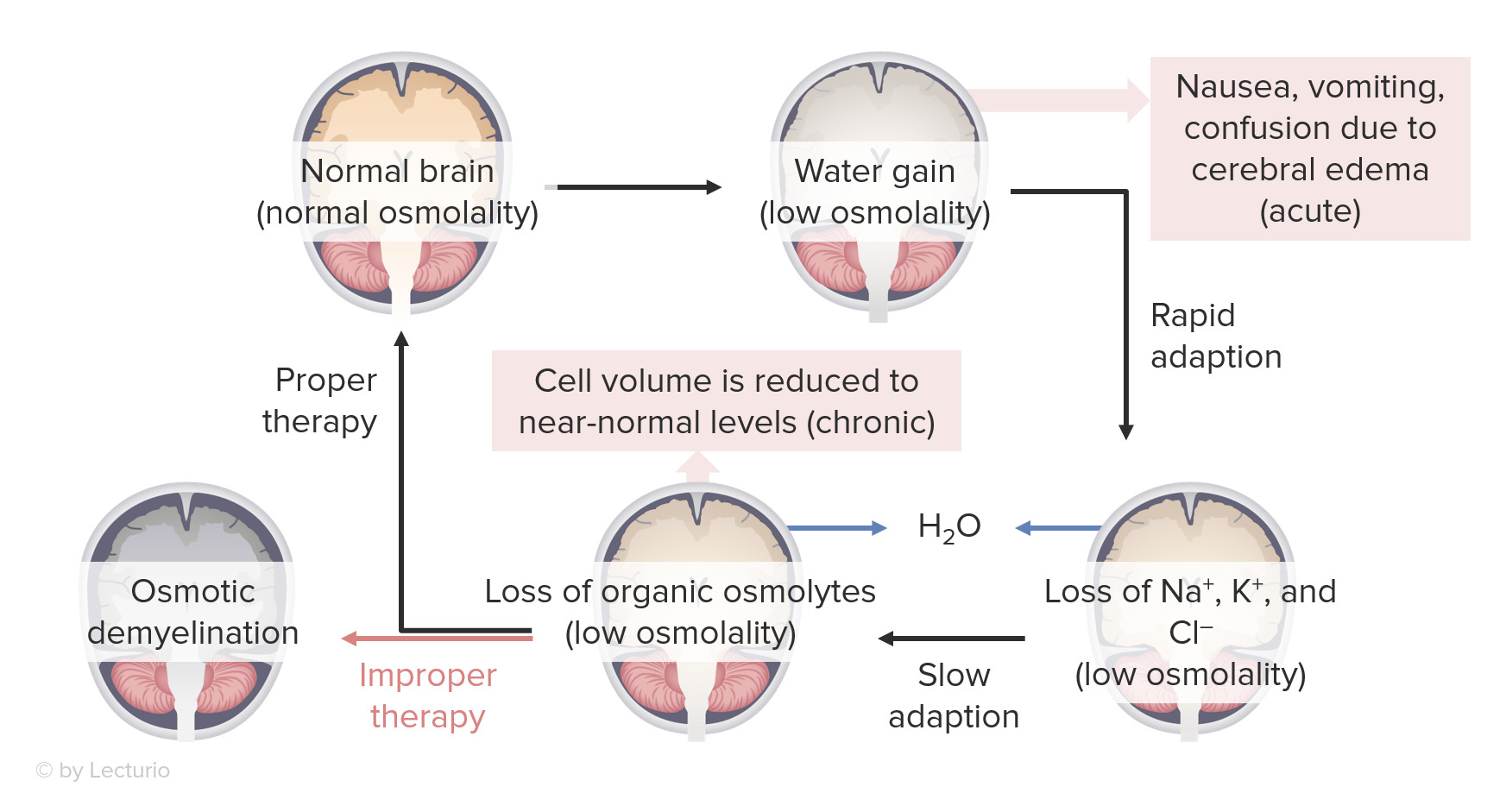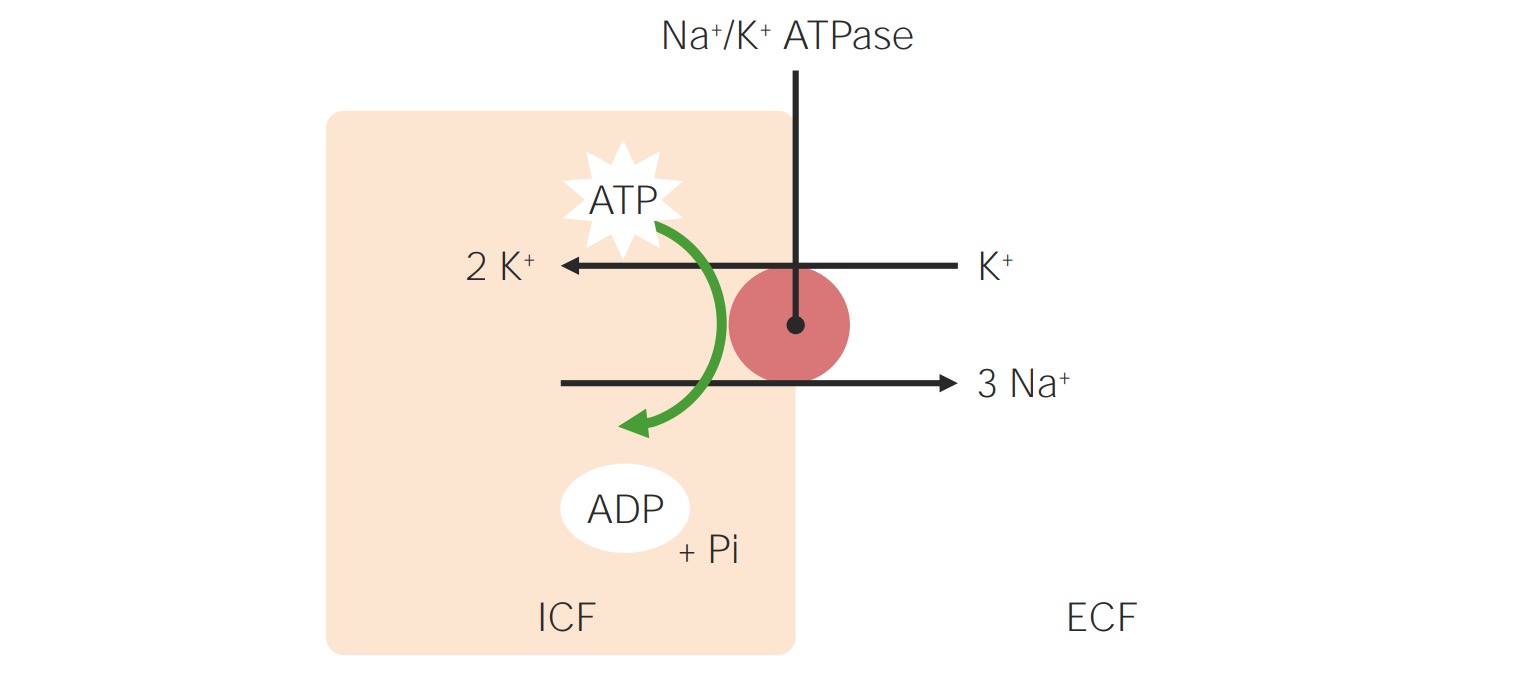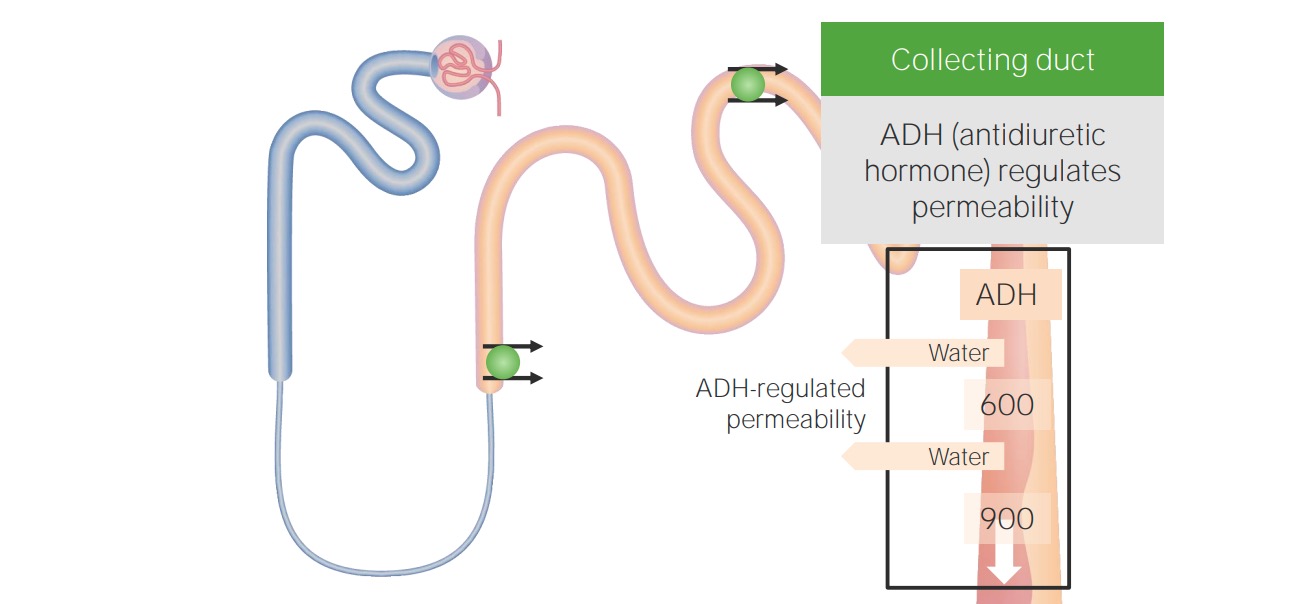Playlist
Show Playlist
Hide Playlist
Euvolemic Hypotonic Hyponatremia
-
Slides Water Balance Hypo and Hypernatremia.pdf
-
Reference List Nephrology.pdf
-
Download Lecture Overview
00:01
Our next category is
Euvolemic Hypotonic Hyponatremia.
00:05
This means that patients
have a primary water gain
with the normal
extracellular fluid volume.
00:10
And the patients are
euvolemic on exam.
00:13
Some of the causes
that we think about
are the syndrome of inappropriate
ADH secretion or SIADH.
00:20
This can be acquired
because of some of the drugs
that people take.
00:23
Antiepileptic drugs,
some of the type of the
psychotropic medications like SSRIs,
chronic pain,
CNS disorders and malignancies,
pulmonary disorders,
and patients who are
in the postoperative state.
00:36
We can also have hereditary issues
causing the syndrome of
inappropriate antidiuresis
and this is if patients have
a gain of function,
mutation, and the V2 receptor
so that they have aquaporins
inserted at all times
and they're reabsorbing water,
or problems in the
hypothalamic sensing receptors.
00:53
So in these situations,
urine Osm will be high
due to the fact that ADH
is concentrating the urine.
00:59
Urine sodium interestingly
will also be elevated
typically greater than
40 mEq/L
and that's because you have a
small amount of volume expansion
that's induced by water.
01:08
That's going to suppress renin
and actually activate some of the
ANP or Atrial natriuretic peptide.
01:15
So we see sodium in the urine.
01:18
Another cause of
euvolemic hypotonic hyponatremia
is primary polydipsia.
01:24
That's excessive water intake
that overwhelms
the excretory capacity
of the kidney.
01:30
In this situations,
people are driven to drink.
01:33
Sometimes we refer to this also
as psychogenic polydipsia.
01:36
Oftentimes, patients will have a
coexistence psychiatric disorder,
they might be on medications
that cause excessive dry mouth.
01:43
That's one of the things
that stimulates them to drink.
01:46
But it's not uncommon to see
these patients drink about
16 liters of water per day.
01:52
That's about four gallons,
and they don't produce
that much solute.
01:56
So that's why they end up having
a primary water gain.
02:00
Now, it will be easy to distinguish
these patients from SIADH patients
because their urine Osm
is going to be low.
02:06
ADH here is appropriately
suppressed.
02:11
Another cause of
euvolemic hypotonic hyponatremia
is reduced solute intake.
02:16
Something that we
affectionately refer to as
beer drinker's potomania,
or the tea and toast diet.
02:23
Here, again, water intake will
exceed the daily osmolar load.
02:28
Let's look at the example.
02:30
If a patient's daily
omolar generation and excretion
is only
240 mOsmol of solute per day,
and the urine can maximally dilute
at let's say 60 mOsmol/L,
then it would take
four liters of urine
to excrete that
daily osmolar load.
02:49
So, if one drinks in excess
of four liters,
then hyponatremia will result.
02:56
Here, once again,
the urine Osm
is going to be low
and that will help to distinguish
this disorder from SIADH.
03:05
Hypothyroidism is another cause
of euvolemic hypotonic hyponatremia.
03:10
Now, the mechanism behind that
is not completely understood,
and patients have to be
significantly hypothyroid
for this to occur.
03:16
But the thought is perhaps there is
reduced cardiac contractility
and then appropriate
ADH stimulation from there.
03:23
Thiazide diuretics are another
category that we need to think about
with euvolemic
hypotonic hyponatremia.
03:28
We see this in our
elderly population
or a malnourished patients.
03:32
The mechanism in part is due
to appropriate ADH stimulation
because remember,
these patients are losing
or inducing sodium loss
from their thiazide diuretic.
03:42
But there are other
ideologies involved
and perhaps there is a direct action
on aquaporins stimulation.
About the Lecture
The lecture Euvolemic Hypotonic Hyponatremia by Amy Sussman, MD is from the course Water Balance: Hypo- and Hypernatremia.
Included Quiz Questions
Which of the following is a common cause of SIADH?
- Pneumonia
- Congestive heart failure
- Liver cirrhosis
- Hypothyroidism
Which of the following is associated with primary polydipsia?
- Urine-to-plasma osmolality of <1.0
- Urine sodium of >20 mEq/L
- Lower limb edema
- Orthostatic hypotension
Customer reviews
5,0 of 5 stars
| 5 Stars |
|
5 |
| 4 Stars |
|
0 |
| 3 Stars |
|
0 |
| 2 Stars |
|
0 |
| 1 Star |
|
0 |







